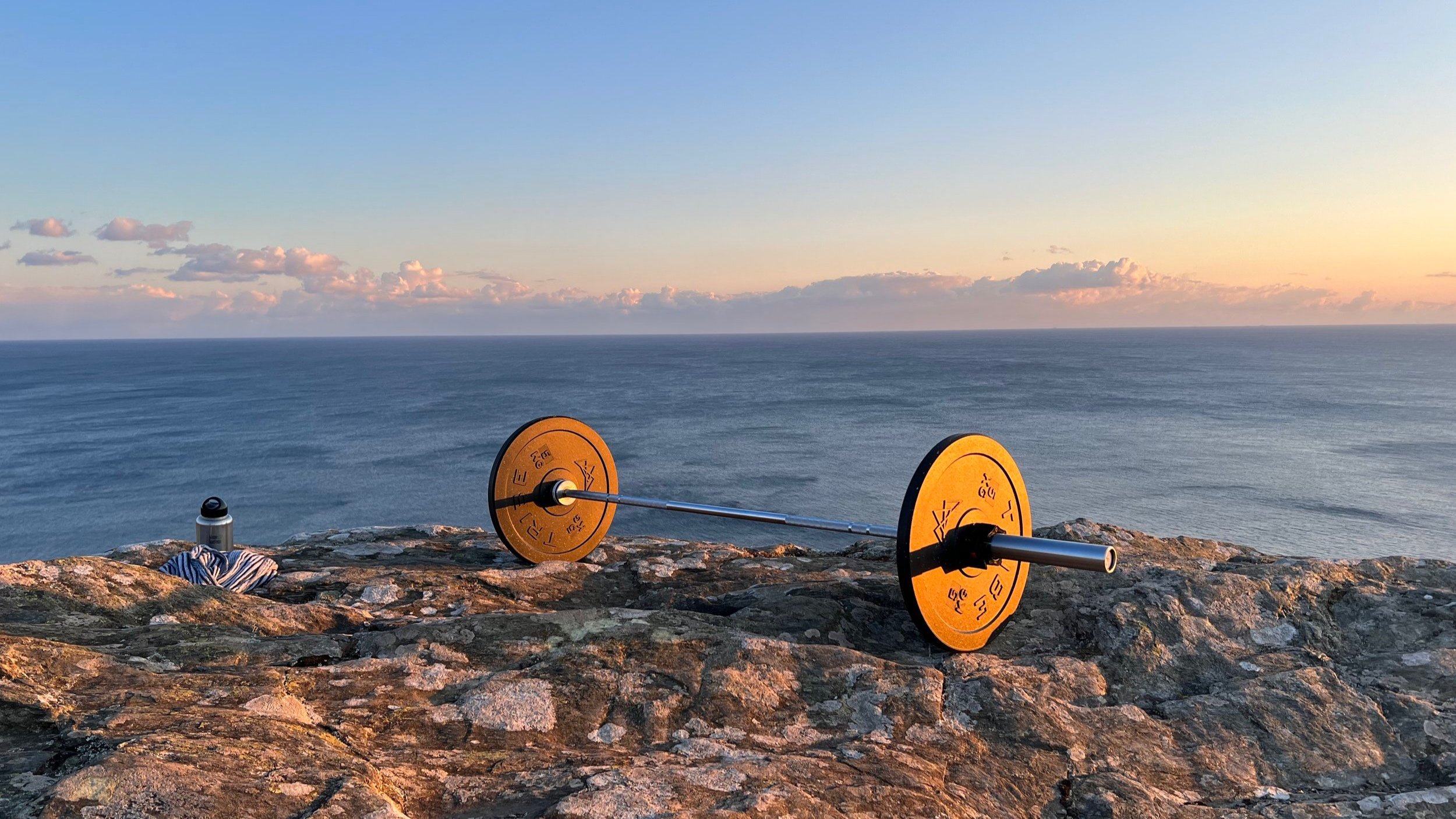Training through Peri-menopause
The transition from our menstruating years into our menopausal years can wreak havoc on our bodies, bringing with it a whole host of unpleasant and unwanted symptoms. The more we understand about the causes of these symptoms, the clearer it becomes that we need to adapt our training and work with our physiology in order to maximise our wellness and performance.
Exercise can have a hugely powerful impact during the perimenopausal years, but there are certain essential components to include in your training to ensure that you get the best results:
1: Lift Heavy
Why?
Estrodial (our strongest form of estrogen) is an anabolic hormone and a main player in the structure and function of our muscles. As Estrodial levels fluctuate during peri menopause and eventually flatline, our bodies become progressively less competent at building and maintaining lean mass (muscle). This decline in muscle mass – also known as sarcopenia – has negative effects on our overall body composition and can also contribute to some of the unwanted side effects of perimenopause. These can include: weight gain, poor metabolism, decreased insulin sensitivity, loss of stamina and increased risk of falls to name a few. Lifting heavy sends a powerful message to our central nervous system to build more lean mass, which in turn results in a whole host of positive health benefits
When lifting heavy, having good form is essential – particularly as our collagen and elastin are declining during our perimenopausal years, leaving us more susceptible to injuries. If you’re new to lifting, go to a good gym or work with a trainer to learn technique.
How?
In order to provide enough stimulus to the nervous system to facilitate a strong response for muscle growth, we need make sure that we place a focus on lifting heavy. This means working within the strength rep range (maximum 5 lifts per set) as opposed to focussing all our efforts on the endurance rep range (8-12 reps). Lifting for strength is best reserved for big, compound lifts which recruit multiple muscle groups, i.e., Deadlift, squats etc.
2: Include HIIT (high intensity interval training) SIT (sprint interval training)
Why?
High intensity or sprint interval training sessions can provide enough of a metabolic stimulus to invoke the body composition changes which many women are striving for in perimenopause, more lean mass and a reduction in fat mass. HIIT/SIT training also improves insulin sensitivity, lowers fasting blood sugar, is a great stress buster, and improves your overall metabolic and cardiovascular health.
How?
Sprint interval training involves short bursts of high intensity exercise, interspersed with intervals of low intensity aerobic recovery.
In terms of monitoring intensity without any equipment, if you think of a 1 – 10 scale with 1 being minimal effort and 10 being your absolute maximum exertion, you’re looking for a 9 or 10 on the high intensity bursts, followed by a recovery period of 2 -3. High intensity bursts can last between 10 – 40 seconds, with recovery periods at 10 – 30 seconds.
3: Include Plyometrics
Why?
Oestrogen plays an important role in maintaining strong and healthy bones; as it declines as does the strength and density of our bones.
By far the best and most efficient way to build bone density, is by applying multidirectional force to the bone. This will stimulate bone development by creating a strong signalling for bones to improve their density and mineral content; bones adapt to become stronger in the direction of the applied force.
How?
Skipping, box jumps, squat jumps and plyometric push ups are all good examples of exercises to include in your training sessions. Many plyometric exercises can also double up as the HIIT/SIT element of your training.
4: Train your core and the muscle groups that support the pelvis
Why?
Losing oestrogen and collagen can affect the health and function of your pelvic floor. The muscles of the pelvic floor – just like the muscles in the rest of the body - are likely to become weaker due to the decline in oestrogen, leaving women more susceptible to prolapse and/or symptoms of pelvic floor dysfunction.
How?
Aside from training the pelvic floor muscles themselves, keeping your core muscles strong can reduce the pressure on your pelvic floor. When we lack strength in the core we have a tendency to find that strength by ‘bearing down’ on the muscles of the pelvic floor.
Training glutes, quads and adductors can also help to support the pelvic floor muscles and keep the pelvis stable and in good alignment.
Include core exercises in your workouts, train the lower body well and include plenty of stability and mobility work.
Takeaways
As we begin to feel the impact of perimenopausal hormonal shifts on our daily lives, we need to up the ante on our training.
Prior advice to ‘dial down’ training efforts and focus on gentle exercise has been shown to be ineffective; in fact the opposite approach is needed. Major changes to our hormones and body systems require bold training strategies to counteract the symptoms that come with them.
The good news is that whilst our training sessions need to be intense, they can also be short in length (30-45 minutes is plenty) and require adequate rest and recovery in between.
Ensure that you have a high protein diet to aid in lean mass production and make sleep a priority - you will reap the rewards!

